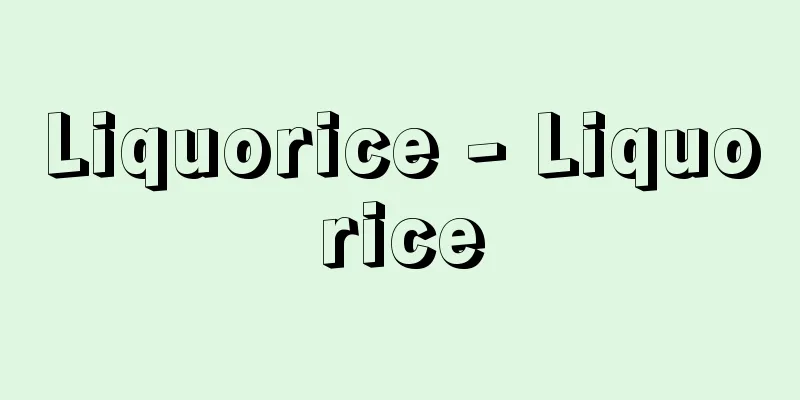Travel film - Kikoueiga

|
…In Japan, the translation "record film" has also become common. The term "documentary" in film was first used by the British documentarian and theorist John Grierson (1898-1972) in his review of the film "Moana" (1926), a film by American documentarian Robert Flaherty that documented the daily life of the inhabitants of the island of Samoa, in the February 1926 issue of the New York Sun. The term originates from the French word documentaire, which had previously referred to "travel film (travelogue)." In a broad sense, it is a general term for non-fiction films that record facts, as opposed to narrative films, and includes newsreels, science films, films for school teaching materials, social education films, art films, special TV news programs, PR films, tourist films, etc. However, originally (based on Grierson's definition), true documentary is a method and work that follows Flaherty's aim to "investigate, record, and affirm human discovery and life," as well as Noriaki Tsuchimoto's (1928- ) Minamata series (1971-76) and Shinsuke Ogawa's (1935-92) Sanrizuka series (1968-73), who maintained the stance that "film is the work of living things" and "encounters with facts and humans," and who "coexisted" the camera with the subject, that is, a "creative dramatization of reality" that differs from "live action." *Some of the terminology used in relation to "travelogue films" is listed below. Source | Heibonsha World Encyclopedia 2nd Edition | Information |
|
…日本では〈記録映画〉という訳語も一般化している。映画での〈ドキュメンタリー〉という呼称は,そもそもアメリカの記録映画作家ロバート・フラハティがサモア島の住民の日常生活を記録した映画《モアナ》(1926)について,イギリスの記録映画作家であり理論家であるジョン・グリアソンJohn Grierson(1898‐1972)が,1926年2月の《ニューヨーク・サン》紙上で論評したときに初めて使ったことばで,それまでは〈紀行映画travel film(travelogue)〉を指すことばだったフランス語のdocumentaireに由来している。広義には,劇映画に対して,〈事実〉を記録する〈ノンフィクション映画〉の総称で,ニュース映画,科学映画,学校教材用映画,社会教育映画,美術映画,テレビの特別報道番組,あるいはPR映画,観光映画なども含めてこの名で呼ばれるが,本来は(すなわちグリアソンの定義に基づけば),〈人間の発見と生活の調査,記録,そしてその肯定〉を目ざしたフラハティから,〈映画は生きものの仕事〉であり〈事実や人間との出会い〉であるという姿勢を貫いてカメラを対象のなかに〈同居〉させた《水俣》シリーズ(1971‐76)の土本典昭(つちもとのりあき)(1928‐ )や《三里塚》シリーズ(1968‐73)の小川紳介(1935‐92)らにつらなる方法と作品,すなわち〈実写〉とは異なる〈現実の創造的劇化〉が真の〈ドキュメンタリー〉である。… ※「紀行映画」について言及している用語解説の一部を掲載しています。 出典|株式会社平凡社世界大百科事典 第2版について | 情報 |
Recommend
set-in-sleeves
…The sleeves were roughly sewn to the bodice and ...
Samukawa [town] - Sangawa
A former town in Okawa District, eastern Kagawa Pr...
Ani Mine
A general term for the gold, silver, and copper mi...
Touring Lectures - Junkai Park
In 19th century America, experts toured the countr...
Silver jellyfish - Silver jellyfish
A marine animal belonging to the phylum Coelenter...
Seabed iron sand
…Iron minerals, which make up 1-2% of igneous roc...
scintiscan
...This scintigram can reveal the location, size,...
Kurpiński, KK (English spelling) KurpinskiKK
… [Romanticism period] In the 19th century, Polis...
Sovereignty debate
There are three sovereignty debates in modern Japa...
Greenwich mean time
…Greenwich mean time is the official name, and it...
American Financial Market
...In the 1990s, these exchanges introduced compu...
Heikitsu (English spelling) Bǐng Jí
? - 55 years ago Prime minister of the Western Han...
Sibyl
In Greek and Roman mythology, this is the name of ...
Kyoshinzanji Temple
...The temple also manages Ichinomiya, the centra...
Dealloying
...The formation of a blocked cell is the cause o...





![Snowdon [mountain] - Snowdon](/upload/images/67cbf82972f1b.webp)



